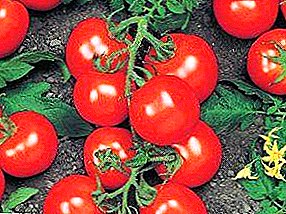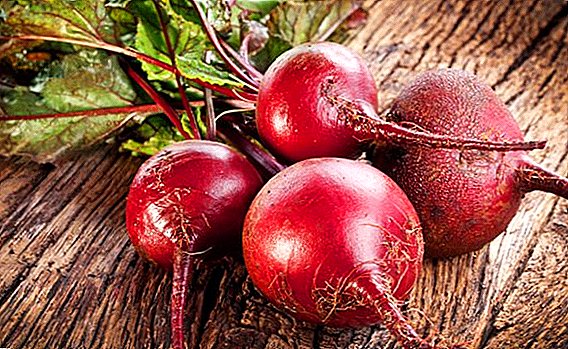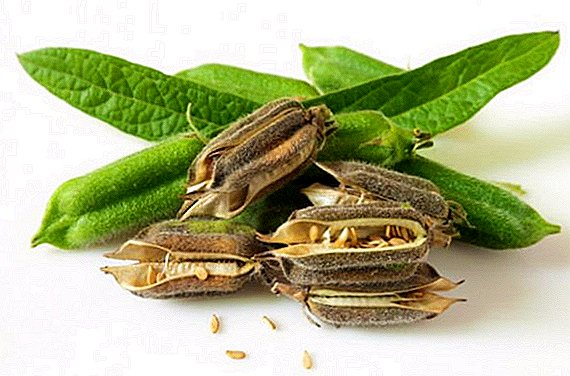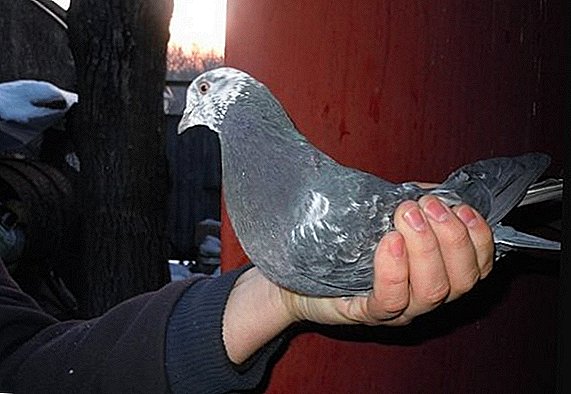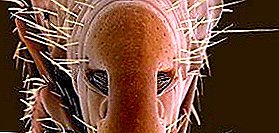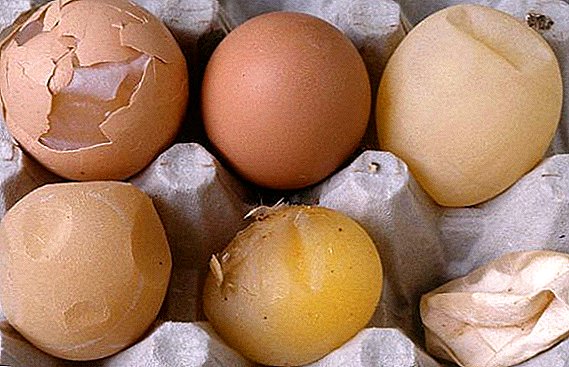 Breeders are very often faced with the phenomenon of thin shells in layers. This is an indication that the chicken has health problems or is not comfortable with the environment. In most cases, dealing with this problem is quite simple. The main thing is to notice the sickness in time and quickly correct the situation.
Breeders are very often faced with the phenomenon of thin shells in layers. This is an indication that the chicken has health problems or is not comfortable with the environment. In most cases, dealing with this problem is quite simple. The main thing is to notice the sickness in time and quickly correct the situation.
Thin shell
As human skin shows the state of the human body, so in the hen a similar “indicator” is an egg. This product is capable of displaying the level of vitamins and minerals in the chicken body, as well as the standard of living of the hen. A healthy bird that is kept in good conditions will always have excellent raw materials.
Thin shells are a serious problem, which is manifested in the fact that the hen starts to carry strange, sometimes soft or too transparent eggs, the shelf life of which is extremely short. However, one should not panic, the reasons for this phenomenon are quite specific, and the solutions are extremely simple.
However, one should not panic, the reasons for this phenomenon are quite specific, and the solutions are extremely simple.
Did you know? Once in a chicken egg 9 yolks were found.
The reasons
There are several main reasons that cause the formation of a thin shell. These include improper care (maintenance), unbalanced nutrition (mainly lack of calcium and vitamin D), and the overall health of the hen.
Incorrect content
The chicken is considered the most common poultry in the world, and it is bred literally "at every corner" of our huge planet. However, some breeders forget that each breed must live in the region where it feels comfortable. Of course, there are chickens that can live in the heat and cold. However, there are often unscrupulous breeders who do not take into account the appropriateness of the breed to climatic conditions, and this is where the problems begin.  Unsuitable temperatures or humidity are a huge stress for the birds, which always draws a number of consequences, such as a thin shell.
Unsuitable temperatures or humidity are a huge stress for the birds, which always draws a number of consequences, such as a thin shell.
Find out what the benefits of chicken eggs are and how best to use them.
Another issue is adaptation - the process of adapting the body. In case of abrupt change of place of residence, the hen may temporarily carry "strange" eggs and soon this problem will go away by itself.
Nutrition
Unbalanced nutrition leads to the fact that the poultry body receives an insufficient amount of essential trace elements and vitamins. The lack of some important substances leads to such a problem as a thin shell. Such substances are:
- calcium;
- iodine;
- sodium;
- phosphorus (an excess of this element also negatively affects the shell);
- manganese;
- zinc;
- copper;
- cobalt.

Health
If the hens' habitat conditions are normal, and the food contains all the necessary microelements in abundance, the last reason for the fineness of the shell remains, namely, the health of the layer itself.
Possible problems for reducing the quality of eggs are:
- infectious bronchitis;
- bird flu;
- encephalomyelitis;
- constant stress.
Important! If there is reason to believe that the chicken is really sick with something, it is urgently necessary to isolate it from the family and show it to the doctor, continuing to monitor the entire population (chickens, unfortunately, rarely get sick on their own).
What to do
In order to more easily cope with the disease, it is necessary to correctly determine the cause. If the problem is only in the diet - just add the necessary substances to the diet, if the cause is a disease - show the veterinarian and immediately begin treatment. 
Proper nutrition
In order to enrich the chicken diet with calcium, it is necessary to add:
- a piece of chalk;
- egg shell;
- slaked limestone;
- wood ash;
- bone meal;
- shell rock.
These funds do not necessarily add directly to the food.
We recommend to learn how to cook feed for laying hens with your own hands.
Simply throw them in a certain place in the chicken coop, and the family will peck fortified supplements as needed.
Phosphorus can be added using these products:
- bone meal (at least 1g per 1 layer per day);
- cereal bran;
- vegetable oil;
- sunflower cake.
 Bonemeal will help compensate for the deficiency of phosphorus in the diet. Sodium is contained in salt (add directly to food for half a gram per 1 bird). The remaining trace elements of chicken can be obtained from cereals and green fodder.
Bonemeal will help compensate for the deficiency of phosphorus in the diet. Sodium is contained in salt (add directly to food for half a gram per 1 bird). The remaining trace elements of chicken can be obtained from cereals and green fodder.
Did you know? In most countries of the world a monument to a chicken egg has been erected.
Treatment
Infectious bronchitis - Acute viral disease that affects the respiratory system, as well as the kidneys and reproductive organs. The disease is transmitted through contact with the affected objects (feed, litter, water). The incubation period is 3-5 days.
Other symptoms (except thin shell) are:
- depressed state;
- coughing and wheezing.
 For the treatment of bronchitis are used exclusively antibiotics, such as brovafom, however, only a veterinarian can diagnose and prescribe the necessary medication.
For the treatment of bronchitis are used exclusively antibiotics, such as brovafom, however, only a veterinarian can diagnose and prescribe the necessary medication.
Familiarize yourself with the causes and methods of treating infectious bronchitis in chickens.
Bird flu - an acute dangerous disease, which is characterized by the fact that several life-threatening viruses develop in the body of a bird. Only an expert can make an accurate diagnosis.
Other symptoms of bird flu:
- degradation of feathers;
- loss of coordination;
- temperature rise;
- refusal to eat;
- thirst;
- swelling.
Today, avian flu is incurable. In case of infection, chickens are killed and discarded.
Important! The meat of a sick chicken is strictly forbidden to be eaten.Encephalomyelitis - An acute disease of the central nervous system (the virus is transmitted through the egg).
 Additional symptoms are:
Additional symptoms are:- apathy;
- lack of coordination;
- cramps.
Read about other possible diseases of chickens and their treatment methods.
Recipes
There is a great variety of mixed feeds, the recipes of which are written on packages. Many breeders decide to cook their own food, respecting the proportions, which allows you to be sure that the food contains only organic matter.
Recipe 1
The most common is the following recipe (a serving is 1 kg):
| wheat | 625 g |
| sunflower meal | 175 g |
| limestone flour | 75g |
| meat and bone meal | 40 g |
| feed yeast | 25 g |
| sunflower oil | 23 g |
| baking soda | 7 g |
| salt | 10 g |
| mineral and vitamin supplements | 20 g |
To prepare, you must mix all the ingredients and daily feed them chicken family. 
Recipe 2
Another popular recipe for laying hen feed is cereal-based feed (1 kg serving):
| corn | 450 g |
| wheat | 120g |
| barley | 120g |
| peas | 70 g |
| sunflower meal | 70 g |
| grass meal | 20 g |
| salt | 1.5 g |
| vitamins, minerals or premix supplement | 150 g |
Important! Considering the presence of table salt in the recipe, the amount of which is calculated for each layer separately, it can be added as a last resort immediately before the “distribution” of food.So, if the laying hens began to carry "strange eggs", this may be the result of climate intolerance, acclimatization, health problems, lack of vitamins. In most cases, it is quite simple to remedy the situation, but it is better not to allow inappropriate weather conditions, vitamin deficiency, and also to take all preventive measures in time. Then the chicken family will always be great.
Video: Why chickens lay soft-shelled eggs
Reviews
And so small limestone can still be given, and in general, small gravel should not be forgotten - it is necessary for it for proper digestion.
And as an alternative to sprouted grains, hydroponic green fodder has worked well - here both the egg size rises, the shell thickness, and the egg saturation with vitamins (even the color of the yolk becomes bright dark orange), well, it rushes longer.



